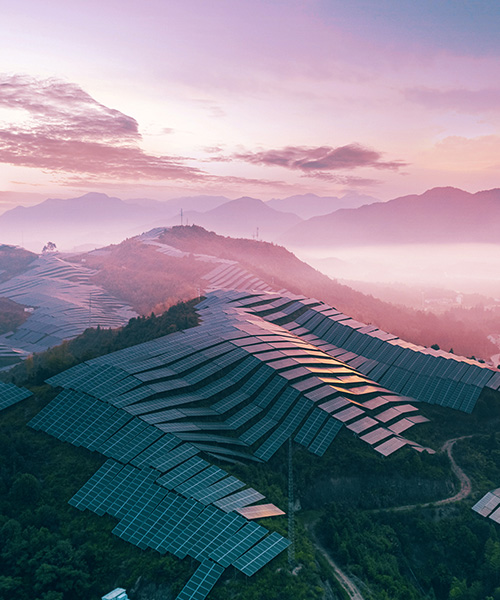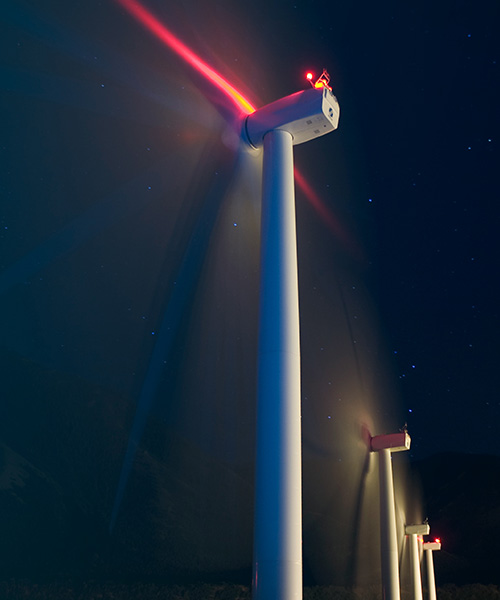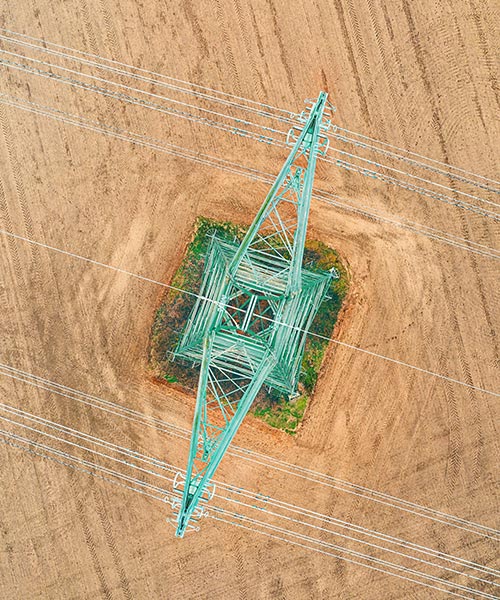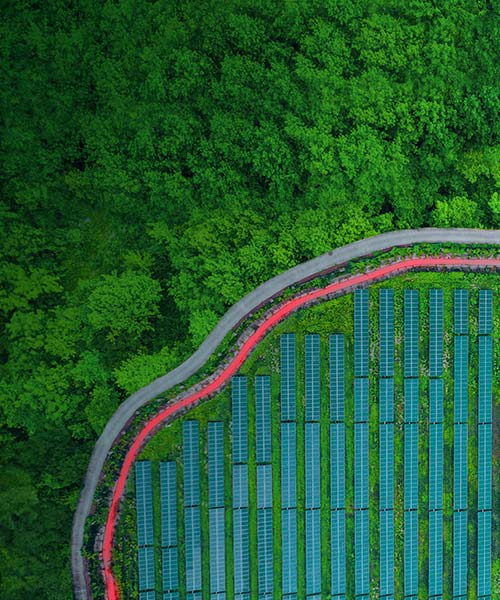July 11, 2023 • 4 min read
From Ambition to Reality: Four things you need to know about the digital accelerant
How do we get to a net-zero future where data is openly available across trusted digital platforms, assets are connected through common systems and digital is considered a core integrated discipline on infrastructure projects?
In our ground-breaking From Ambition to Reality series, we proposed five key shifts in thinking about and approaching projects on the road to net zero.
The fifth shift, the digital accelerant, outlines how digital technology will make the net-zero transition more efficient.

Unlocking the potential of digital technology will accelerate the transition and drive the speed and scale in net-zero infrastructure. Digital platforms will be the foundation of transparency, community trust, and, ultimately, shared value.
We explore key four things that we need to do to ensure digitization will make complicated energy systems effective and efficient.
1. Build digital environments that capture the whole system
Digital enablement is already streamlining the engineering process of how we design and deliver large infrastructure. It’s also making how we source, select and procure items more efficient. When digitization is operating, Internet of Things (IoT) sensors measure discrete asset performance, while industrial operations centers track and control asset portfolios, making the trade of commodities into markets smoother.
“Technology can simulate what a finished power plant will look like, from any angle and virtually fly you through even the most complex of project circumstances. It can describe the asset to communities and regulators and estimate the plant’s output before it’s even built,” says Paul Ebert, Group Director, Sustainability and Energy Transition Leadership.
Then, after the build, technology can track measurements and performance through remote sensors and make automatic adjustments to keep plants at optimal performance, and everyone involved safe.”
Artificial intelligence and machine learning also have a large part to play. They’ll combine to make operational and commercial models evolve, becoming more efficient and more effective. It’s already routine to forecast future outputs of wind and solar plants, to enhance the matching of supply and demand in electricity markets. Artificial intelligence will evolve these trades, making them more effective.
2. Collaborate on digital platforms everyone can use
Digital environments can incorporate data from all components of the energy infrastructure value chain. Trusted data that everyone can access will make decisions faster and push projects through to completion.
“Data sharing within and across project portfolios will be enabled by common platforms. Teams of developers, suppliers and other stakeholders will be more inclined to utilize the platform if we build in a degree of standardization,” says Ebert.
“For example, an evolving digital twin of a project could allow investors, suppliers, governments, off-takers and even the general public to visualize the end result in advance of project phase completion.”
“But to allow access for everyone, we do however, need to prioritize growing digital expertise within project teams. Digital specialists must be part of project teams, and not on the sidelines in standalone functions. Digital is how we’ll supercharge the transition. And it’s not enough to have the platforms, models, and connectivity if projects don’t have the people making the most of them.”
3. Build platforms communities can trust
If people can log into a digital platform and see real-time data that depicts the direct effects of the net-zero transition, their trust in the process will grow. They’ll understand why landscapes are changing around them.
And they’ll know it’s for something that will ultimately benefit them. Data will also play a key role in convincing stakeholders to commit to financing infrastructure.
“Communities will rely on digital platforms to remain informed. But projects will need to be mindful. Over the years, data privacy breaches and manipulation have eroded trust,” says Ebert.
“Giving impacted communities access to digital platforms to track a project’s progress will start to rebuild that trust: what the project will look like, how much carbon it’s saving, how many jobs it’s created.
“This level of visibility needs to be there right from the start of the project. And if a community can’t access project information digitally, the project will need to find another way to keep them up to speed.”
4. Connect assets globally to improve performance
A digital information highway will connect assets around the world so they can learn from each other and optimize their performance. Real-time data will amplify this, and allow engineers, scientists and operators to learn, adapt, and improve.
“We’ve seen recently that connected digital technology accelerated the COVID-19 vaccine rollout. Digital platforms tracked the delivery of the vaccine to billions of people," adds Ebert.
“Contact tracing and digital vaccination certificates helped stop the virus from spreading. And communities accessed data online, through media broadcasts, and through community health networks. All these digital platforms working together were critical to explaining progress.
“Governments and regulators will be able to pull levers and tweak processes because they’ll have immediate access to real-time information. We should be able to digitize the entire project-decision sequence. Regulatory approval will be easier and faster. And stakeholders will be able to use the platform to engage with projects more fully.
“It’s going to work best if everyone participating in the network gives input. They’ll need to agree on accreditation, compliance and regulation, as well as the roles of government, industry and communities too.”





